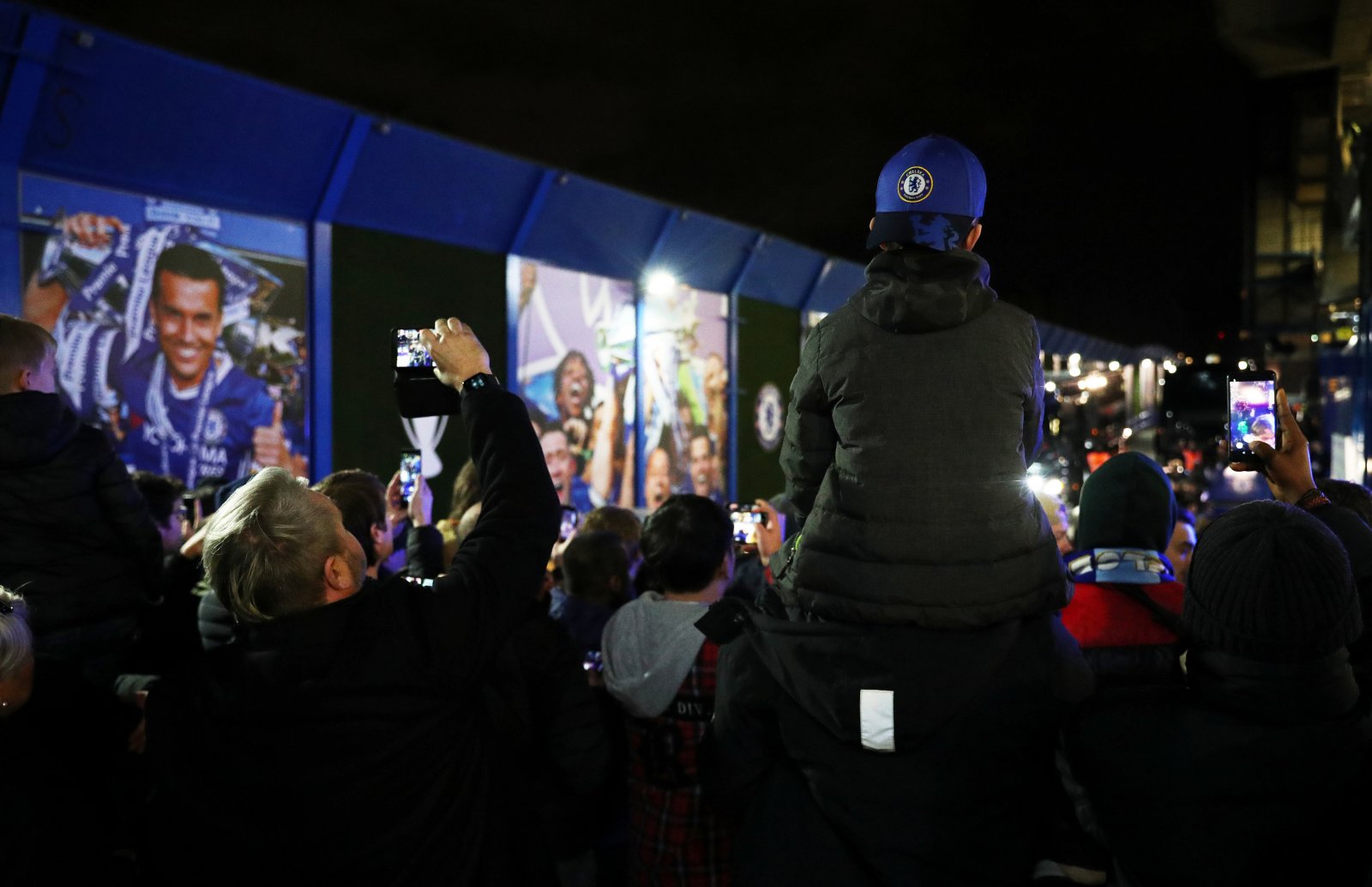Putting the 24/7 football fan in control
by Simon Dixon, ECD and co-founder, DixonBaxi
“The most significant thing in football is the love the fans have. When we have something that gathers and unites people, it is a privilege to be part of.” – Marco Bielsa, Head Coach, Leeds United
There are few things in life that rival the passion and excitement live sport conjures. Whether you are watching from the terraces, on terrestrial TV or via a streaming service, witnessing a match unfold before you is a deeply meaningful entertainment experience. It is an experience of shared emotion. With just one drop of the shoulder, football has the power to simultaneously unite the heartbeats of fans watching around the world. Joining strangers in elation, devastation and every emotion in between.
Technology has always been entwined in delivering this experience. Streaming is the latest medium to play a pivotal role in connecting fans to incredible sporting experiences. But this technology is connecting fans to the action in a previously impossible way, whilst fracturing the market and the way traditional players like Sky, BBC and BT operate. Content is delivered on the fans terms: we now see highlights shared instantly across social media, or served in roundups post-game. Everything delivered with immediacy.
Meeting fan needs on-demand
The ability for audiences to engage with content on their own terms has been a decisive factor in the streaming revolution. For all the investments in original content, the real disrupting factor was the tear away from the traditional, linear viewing experience. The likes of Netflix allowed users to watch in ways which worked with their own individual schedule. Being a fan used to be part-time behaviour following a typical formula of a Saturday 3pm live match followed by highlights in the evening. Fan behaviour was limited by the media. Nowadays, smartphones, tablets and streaming mean being a fan is a 24/7 experience.
Designing for a new era of football fandom
Audience expectations have shifted irreversibly. This has consequently presented the opportunity for brands to design and define a new era of football fandom. The language of social media has elevated sound bites and talking points and allowed fan media to become very much part of the event narrative. Football conversation and interaction has been characterised in a new modern language which must now be reflected in the viewing experience.
Simplicity in the customer experience
Amazon is the first brand to begin shaping this new age of live streaming. The tech giant secured the rights to broadcast 20 Premier League games through the busy festive fixture list, and used its Amazon Prime streaming service to deliver the experience in a way which reflected the new expectations of audiences – and set a new benchmark for competitors.
Amazon Prime delivered a live match graphics system which was stripped back, simple and refined with no superfluous design. The system is focused on restraint, but as users engage with the app, it delivers information in a dynamic and clean style. This allows the user interface to match the flow of the game. Statistics, facts, match updates appear on the terms of the user – whenever they want to see them. Fluid, dynamic identities that can flex between prominence and invisibility at the will of the viewer. Not to mention the ability to view any match of their choice.
It all stems back to control. Creating a user-experience which puts the user in control helps bring them closer to the game than ever before, and makes the experience feel more ‘live’ than it already is. Streaming allows brands to blend information, action and narrative through design to deliver a new type of experience.
Adding this control means you can serve audiences who want to connect with this content in different ways. Design can’t just serve the fans you know, it needs to serve a range of people with diverse needs.
The future is closer to the action
It is impossible to define a modern football fan with an overarching caricature. They are worldly, progressive and connected. Old and young. Male and female. They are as likely to watch a review of a game by YouTubers as they are to watch Match of the Day. They speak in both the language of pubs and pre-match pies as much as they do in memes and GIFs.
Amazon Prime’s design reflects this diversity. It works for fans with different needs and different appetites – letting those who want to sink in and absorb every detail of the game turn off commentary – or condensing the match into digestible highlights for viewers looking for a quick catch up on-the-go. Hardcore fans can follow their team specifically, while casual fans are free to choose from whichever game grabs them. Design enables Amazon to service different audiences with different needs.
With the news the Premier League is planning a Netflix-style platform for match streaming, the technology is set to soon play a crucial role in connecting fans around the world to the action they crave. Success for these streaming services means delighting audiences in the smallest moments and letting the action take care of the big. Every interaction is the brand, and it needs to be seamless.
To echo Bielsa’s words, the reason football and sport is so special is because it unites people through a shared experience. Technology is empowering audiences to get closer than ever before to the action they love. For brands, there is a unique opportunity to curate this connection and forge deep relationships with audiences through design that delivers on their terms.
About author
You might also like
The seven essentials for achieving successful sports branding
By Daniela McVicker When it comes to sports, great branding is a must. Your brand influences how people see your company or team. It helps you to forge connections with
Live Chat: A New Social Experience in Sports
Article written by John S. Kim, CEO and co-founder of global API company SendBird Social media rose to prominence throughout the world due to its potential for connection. Social channels provided the
Snack Media’s Football Content Campaign’s Review: February
By Mike Constanti This series, in partnership with Snack Media, will look at the best football campaigns from advertising to social media on a monthly basis, as Digital Sport evaluates how








